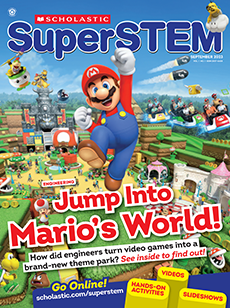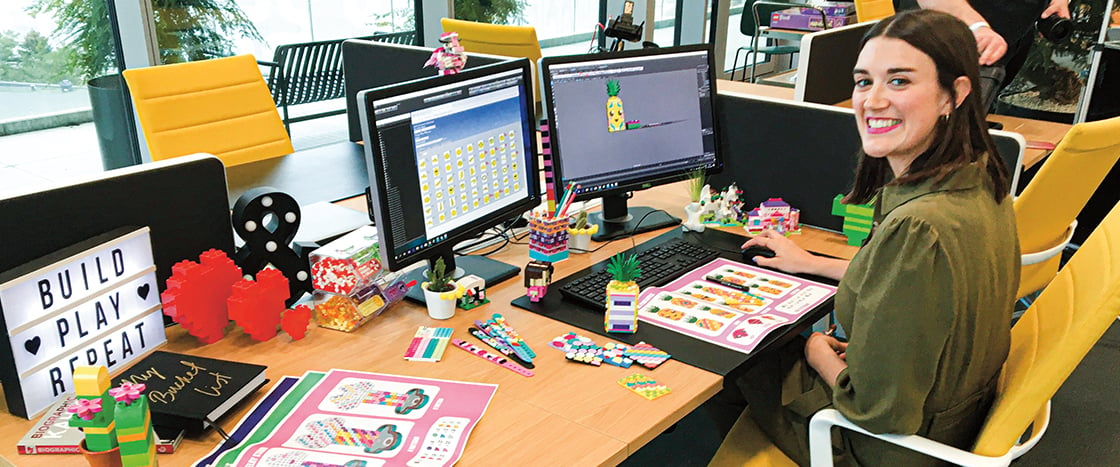You’ve probably played with LEGO® toys before. These tiny plastic bricks come in many shapes and sizes, all of which can connect to each other. LEGO bricks have been around for more than 60 years!
Usually, building a LEGO structure means following the instructions to match the picture on the box. But new LEGO sets called DOTS make you the designer.
“DOTS is about decorating and exploring patterns,” says Amy Corbett. She designs LEGO products and runs the team that created DOTS.
You’ve probably played with LEGO® toys before. LEGO toys are tiny plastic bricks. They come in many shapes and sizes. All LEGO bricks can connect to each other. LEGO bricks have been around for more than 60 years!
Building a LEGO structure usually means following the instructions. You try to match the picture on the box. But new LEGO sets called DOTS make you the designer.
“DOTS is about decorating and exploring patterns,” says Amy Corbett. Corbett designs LEGO products. She runs the team that created DOTS.

